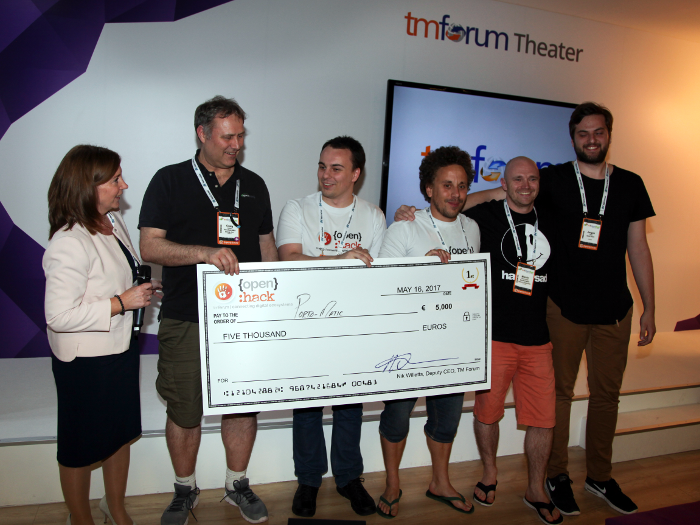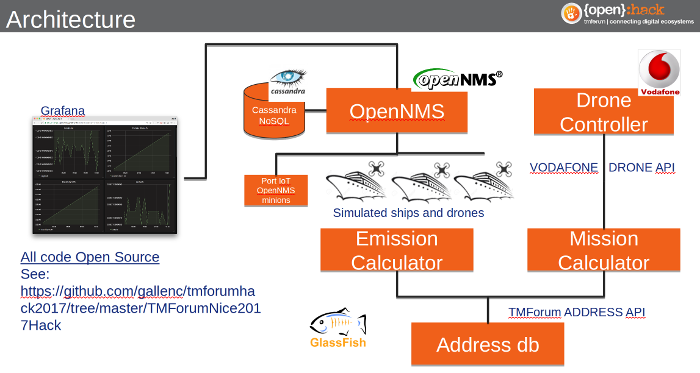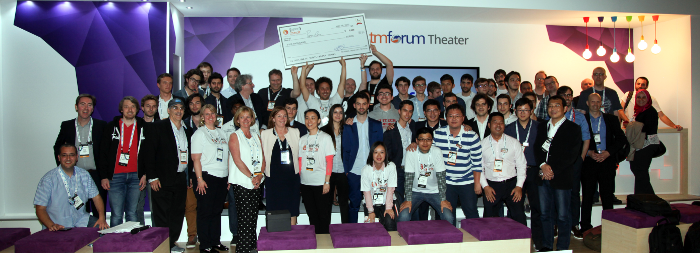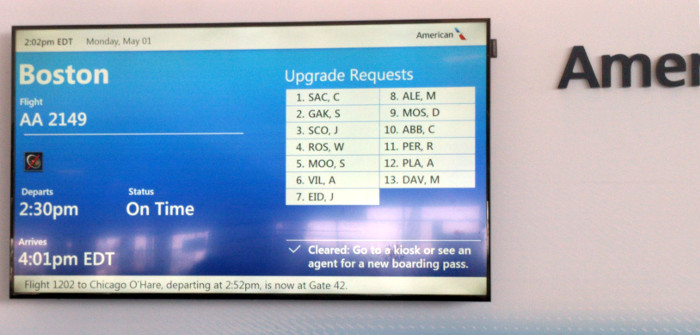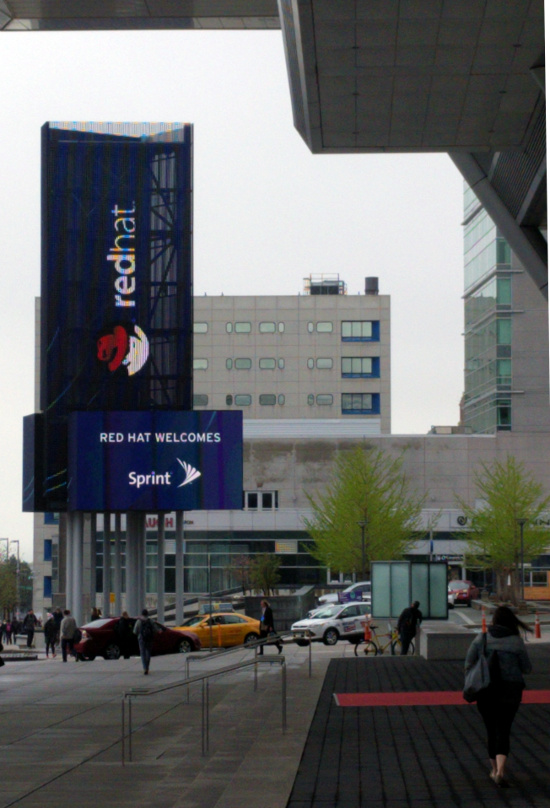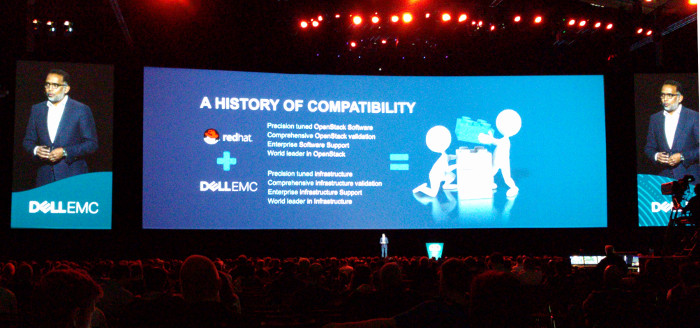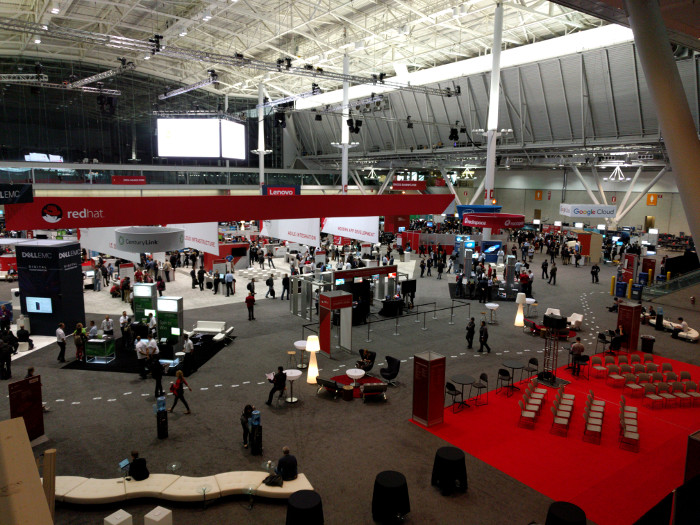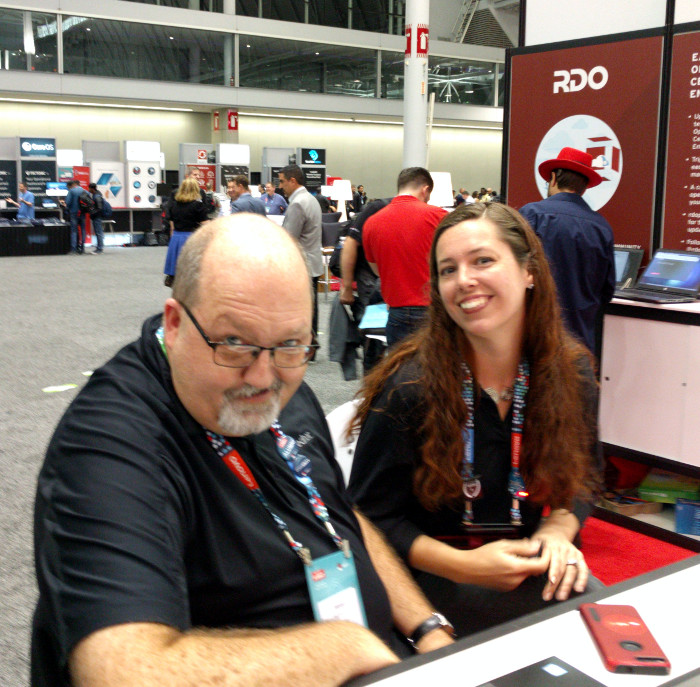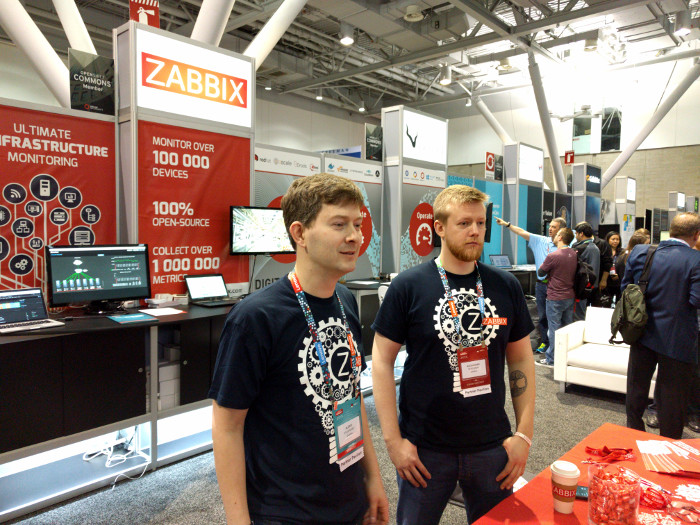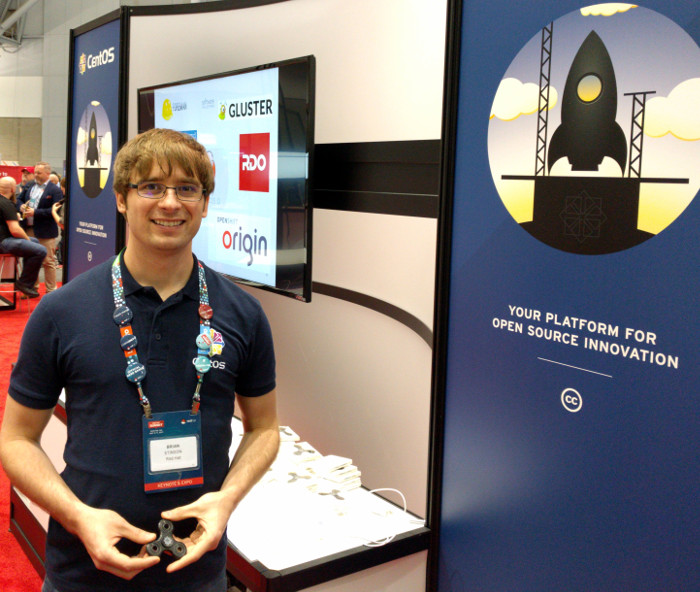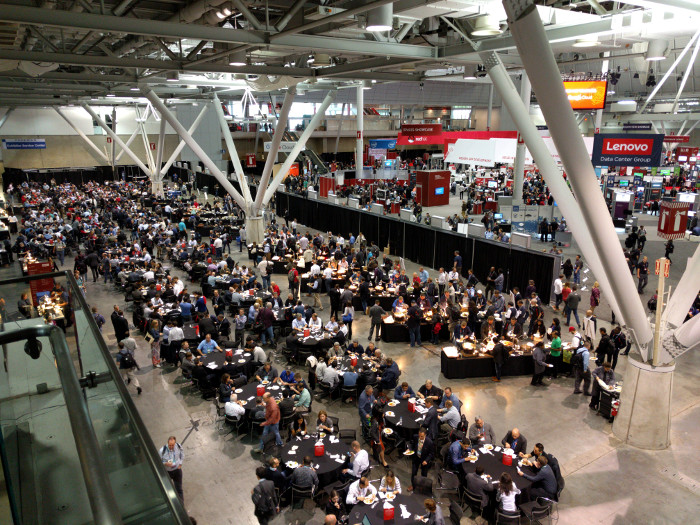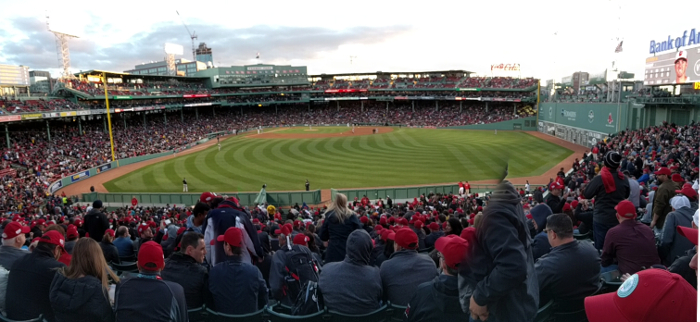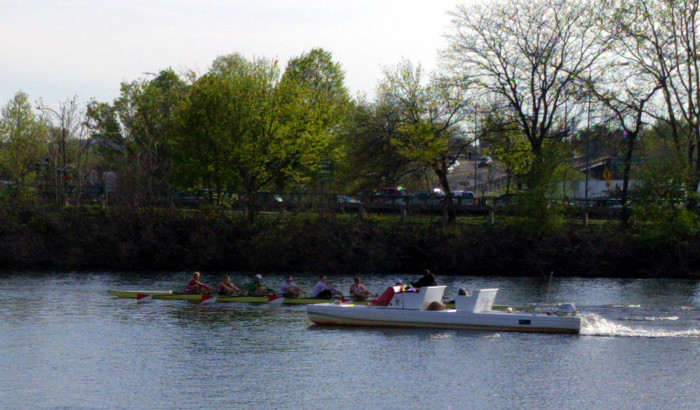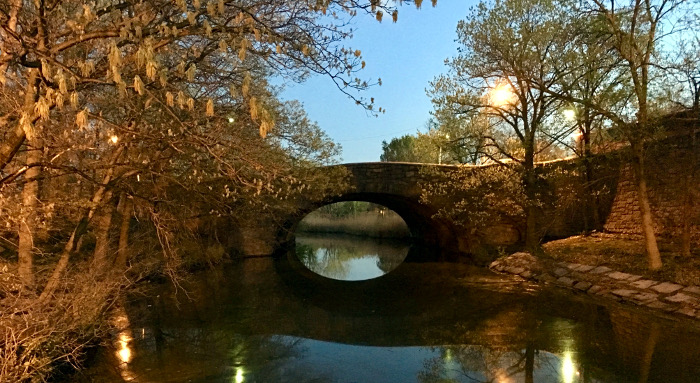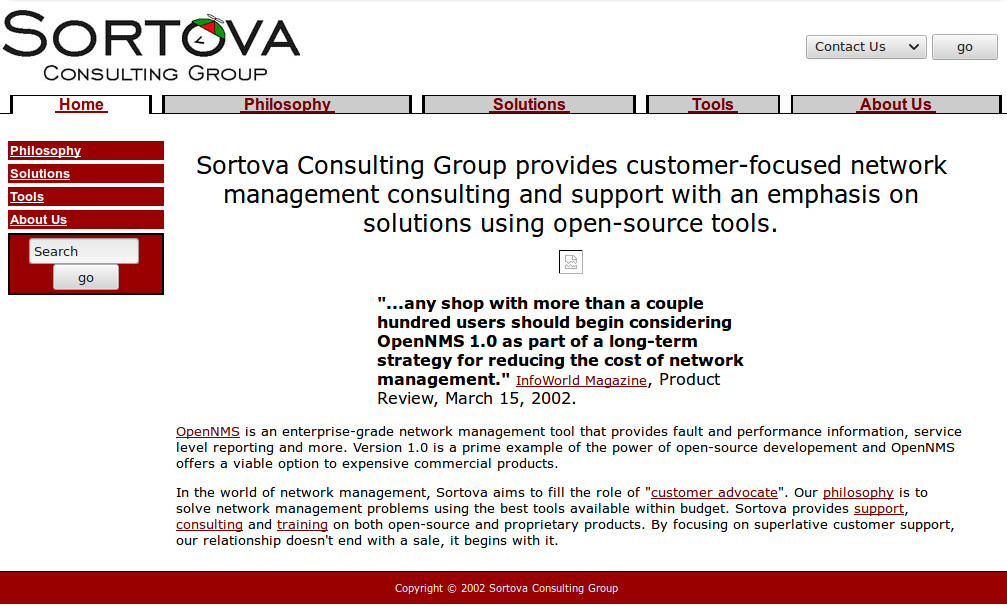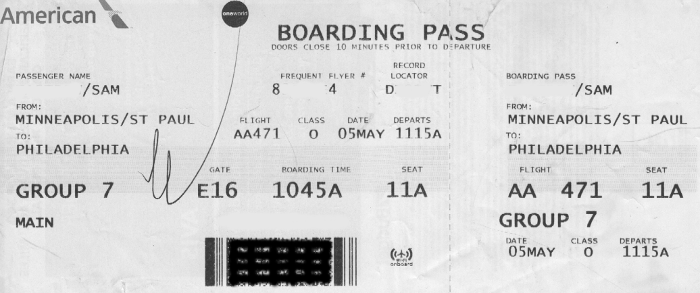I’m interested in any server room nightmares people would like to share.
Here’s one of mine.
We are in the process of moving offices from Pittsboro, NC down the road to Apex. Unfortunately, we are having some issues getting Spectrum Enterprise to complete the fiber installation at the new place, so while we are out of our old building the lack of network access in the new building means we have a bunch of servers in the old location.
Today while I was working in the new office and mooching of our kind neighbor’s wi-fi, I got several notices that links had failed.

These were some workstations that we use for training, but when they are not in use we use them as part of our continuous improvement Bamboo farm. I immediately hopped on our Mattermost IT channel and asked if anyone was rebooting or otherwise messing with the machines, and when the answer was “no” I started to investigate.
One suggestion was that the air conditioning may have failed and those machines shut down from overheating. It has happened in the past, but it was both rather cool today and other machines that are more sensitive to such things were still running. I checked it out anyway using our AKCP probe.

The temperature had increased a bit, but it wasn’t anything that should have caused problems (it was caused by the server room door being left open).
Being 30 minutes away, I decided to text my friend Donnie, who is technically gifted as well as working in our old location, and he went to investigate.
For some reason, those three machines had been disconnected from the switch.
Now just for this situation we have an Arlo camera installed in the server room, so using the time stamp on the linkDown traps I found the following video.
Note the slightly balding guy in the red shirt in the lower left corner of the video. He is busy unplugging our devices.
Why? I have no idea. These people represent the IT people for the new tenant, and I assume they had legitimate reasons for being in the server room but messing with our equipment was not one of them.
Seriously, in over 30 years of working with computers, I’ve never heard of anyone going into someone’s house, office, server room or data center and just start unplugging cables. I still have not heard an explanation, but the landlord has had a discussion with the new tenant and it shouldn’t be happening again. It is one reason the important stuff is in that locked half-rack seen in the upper left corner of the video, and the really important stuff is hosted elsewhere.
I am curious – I’m certain this pales compared to other stories out there. Do you have any whoppers to share?
